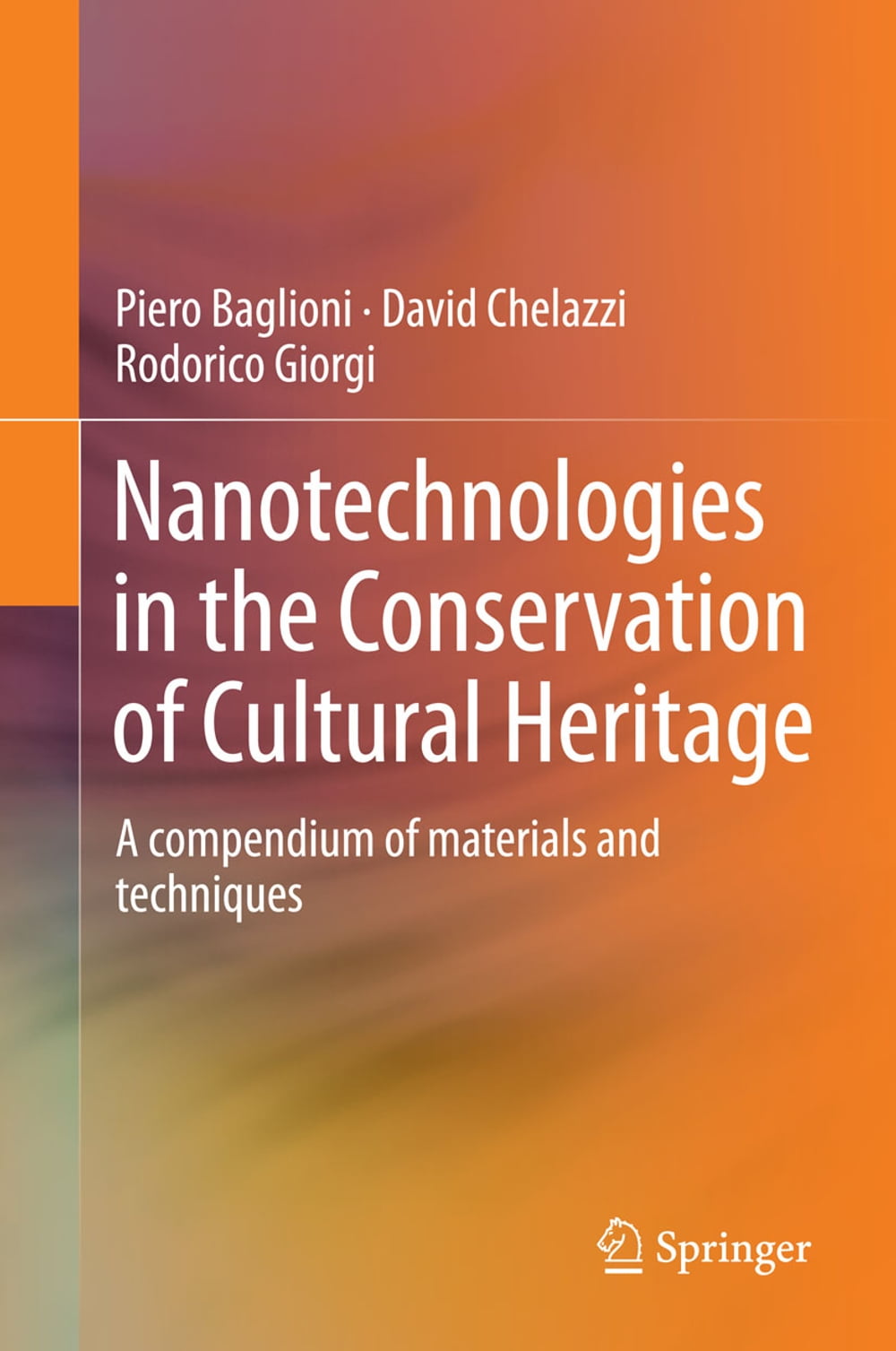Nanotechnologies in the Conservation of Cultural Heritage
This book presents novel applications of nanotechnology for the preservation of artistic and historical artifacts. It explains the scientific principles behind numerous nanomaterials and discusses their applications to different types of common movable and fixed artistic substrates. It starts with an overview of the nano-tools developed over the last three decades, such as dispersions of nanoparticles, micellar solutions, microemulsions and gels. Compared to traditional methods, these new tools have the benefit of considerably less impact on both the operators and the environment. Each chapter is dedicated to a specific type of cultural heritage material (wall and easel paintings, stone, paper, canvas and wood) starting with the main degradation paths and discussing protocols for the application of innovative nanomaterials-based tools for cleaning, consolidation, or deacidification, which represent the majority of the case studies encountered in restoration facilities, workshops andateliers. The book provides step-by-step descriptions that are meant to support conservators in the application of these novel materials and methods. The aim of the book is to equip end-users and conservators with essential information and knowledge on the availability and applicability of different nano-materials and dispersed systems. While the book’s focus is on the practical aspects, interested readers will also find references to the relevant advanced colloid and material science literature. Main audience: Expert conservators, restorers and technical staff at conservation institutes and museums, students at conservation and restoration schools, and scientists who are new to the field of conservation of artistic and historical artifacts.
-
Autore:
-
Anno edizione:2014
-
Editore:
-
Formato:
-
Lingua:Inglese
Formato:
Gli eBook venduti da Feltrinelli.it sono in formato ePub e possono essere protetti da Adobe DRM. In caso di download di un file protetto da DRM si otterrà un file in formato .acs, (Adobe Content Server Message), che dovrà essere aperto tramite Adobe Digital Editions e autorizzato tramite un account Adobe, prima di poter essere letto su pc o trasferito su dispositivi compatibili.
Cloud:
Gli eBook venduti da Feltrinelli.it sono sincronizzati automaticamente su tutti i client di lettura Kobo successivamente all’acquisto. Grazie al Cloud Kobo i progressi di lettura, le note, le evidenziazioni vengono salvati e sincronizzati automaticamente su tutti i dispositivi e le APP di lettura Kobo utilizzati per la lettura.
Clicca qui per sapere come scaricare gli ebook utilizzando un pc con sistema operativo Windows



